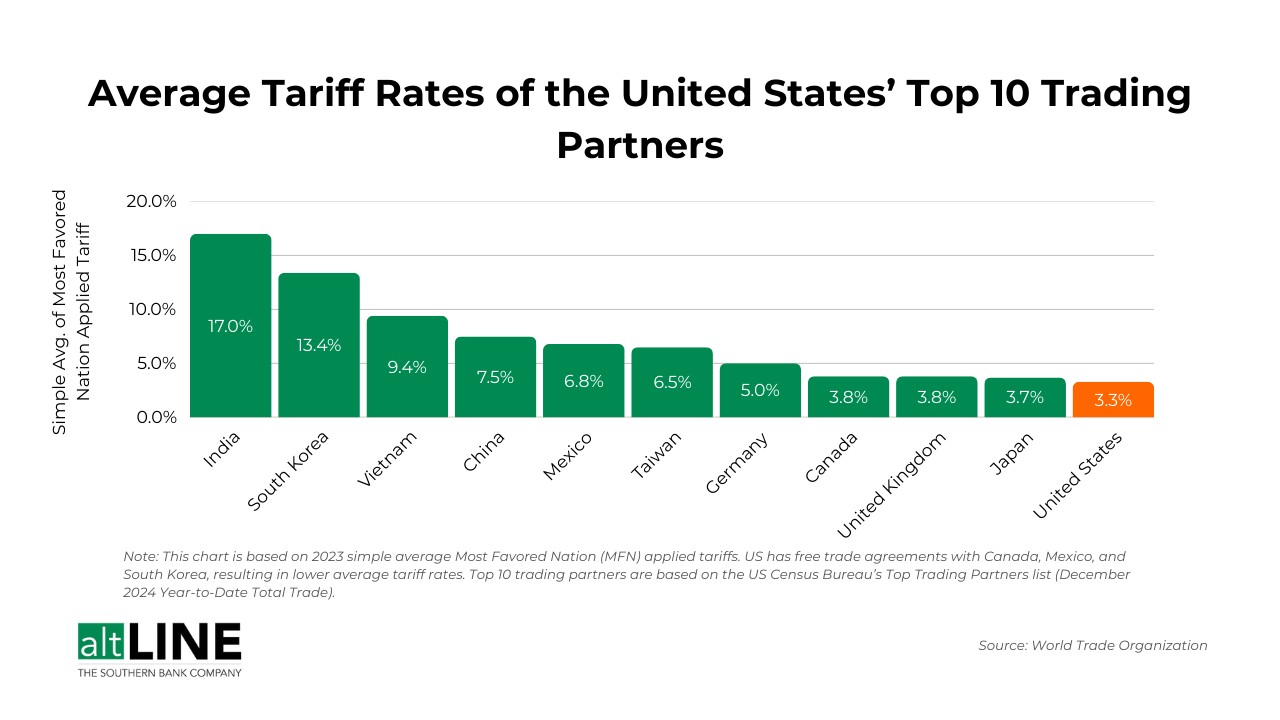Tariffs, taxes on imported goods, can significantly impact businesses. While often intended to protect domestic industries, their effects ripple through the economy, disproportionately affecting small businesses compared to large corporations. This article explores the nuanced ways tariffs impact small and large businesses.
Understanding the Impact of Tariffs on Businesses
Tariffs increase the cost of imported goods, impacting businesses reliant on foreign materials or products. This cost increase can trigger several consequences:
Higher Input Costs
Tariffs directly increase the cost of imported raw materials, components, and finished goods. Small businesses, often operating with tighter margins, may struggle to absorb these increased costs.
Price Increases for Consumers
To offset higher input costs, businesses might raise prices for consumers. This can decrease sales volume and potentially damage customer relationships, particularly for price-sensitive small businesses. Large corporations, with greater market share and stronger brand loyalty, might weather price increases more effectively.
Supply Chain Disruptions
Tariffs can disrupt established supply chains, forcing businesses to seek alternative suppliers. Finding new, reliable sources can be time-consuming and costly, especially for small businesses lacking the resources of larger corporations.
Reduced Profit Margins
Increased input costs coupled with potential sales declines can squeeze profit margins. Small businesses, with less financial cushion, are more vulnerable to these pressures than large corporations that can leverage economies of scale and diversified revenue streams.
Decreased Competitiveness
Tariffs can make imported goods more expensive than domestically produced alternatives. While this might benefit some domestic businesses, it can harm those reliant on imports. Small businesses competing with large corporations that can source domestically or absorb tariff costs may find themselves at a disadvantage.
Disproportionate Impact on Small Businesses
Several factors make small businesses more susceptible to negative tariff impacts compared to large corporations:
Limited Financial Resources:
Smaller businesses often have limited cash reserves and less access to capital, making it harder to absorb increased costs or invest in supply chain adjustments. Large corporations typically have greater financial flexibility.
Less Bargaining Power:
Small businesses often lack the negotiating leverage of large corporations when dealing with suppliers. They may be unable to secure favorable pricing or alternative sourcing options to mitigate tariff effects. Large corporations, with their high-volume orders, command more influence.
Narrower Profit Margins:
Small businesses typically operate with thinner profit margins than large corporations. Even small cost increases due to tariffs can significantly impact profitability and sustainability.
Dependence on Specific Suppliers:
Small businesses might rely heavily on a limited number of suppliers, making them more vulnerable to disruptions caused by tariffs. Large corporations often have diversified supplier networks, mitigating risks.
Reduced Adaptability:
Adapting to changing market conditions, such as those induced by tariffs, requires agility and resources. Small businesses often lack the infrastructure and personnel to quickly adjust their operations compared to larger, more adaptable corporations.
Long-Term Implications and Strategies for Small Businesses
Navigating a tariff-impacted landscape requires proactive strategies for small businesses:
- Diversify Supply Chains: Explore domestic suppliers or those in countries less affected by tariffs.
- Negotiate with Suppliers: Seek price adjustments or extended payment terms to mitigate cost increases.
- Streamline Operations: Enhance efficiency to reduce costs and offset tariff impacts.
- Explore Financing Options: Consider loans or lines of credit to manage cash flow challenges.
- Communicate with Customers: Maintain transparency about price adjustments, emphasizing value and quality.
Conclusion
Tariffs present significant challenges for businesses, particularly small businesses. Understanding the specific ways tariffs impact operations and proactively implementing mitigation strategies is crucial for survival and long-term success in a globalized economy. While large corporations possess advantages in navigating tariff challenges, small businesses can leverage their agility and customer relationships to adapt and thrive.
